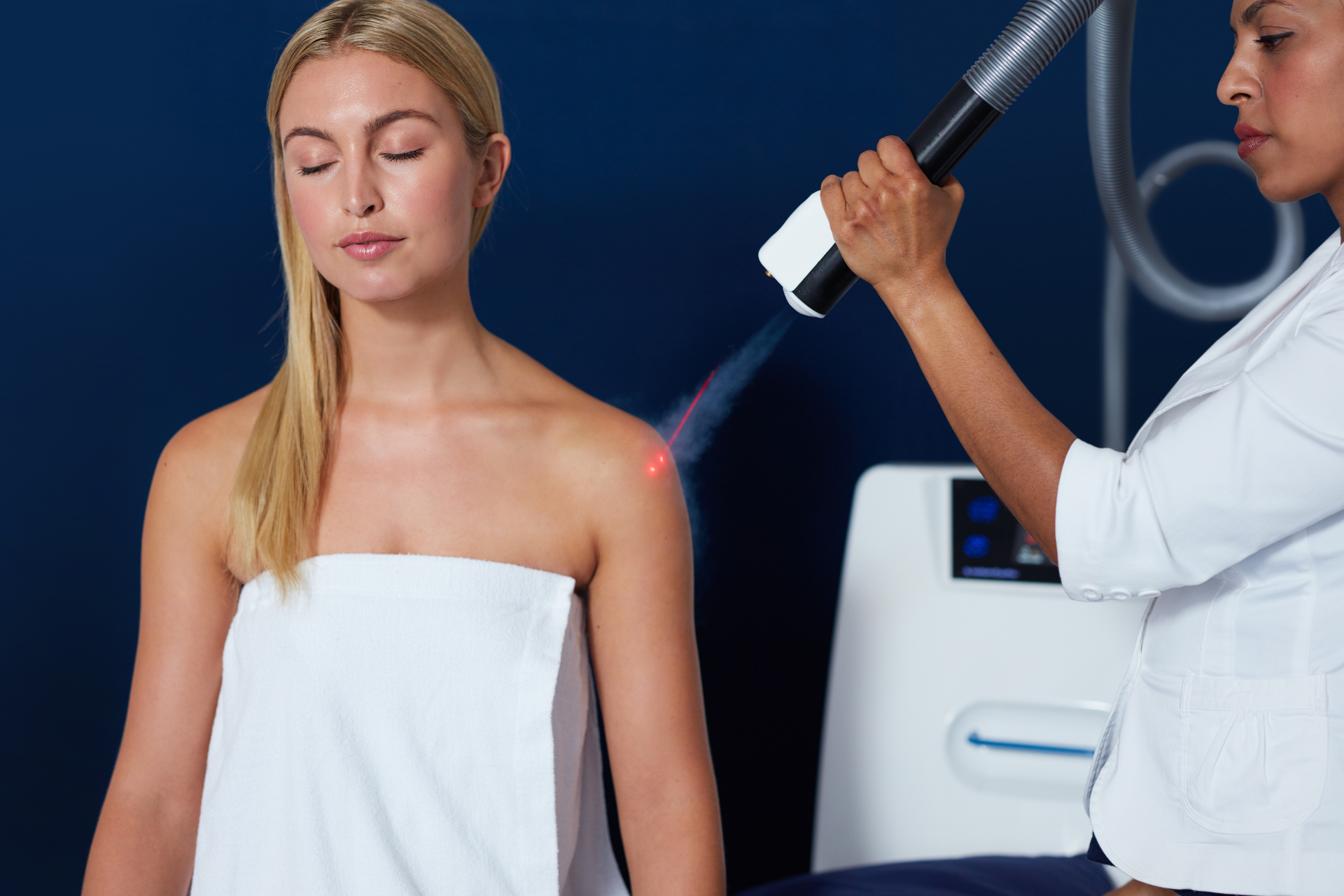Caring for Skin After Cryosurgery: Tips on post-cryosurgery skincare and recovery

Introduction:
Cryosurgery, also known as cryotherapy, is a common dermatological procedure that involves freezing skin lesions or unwanted tissue to remove them. This non-invasive treatment is often used to address various skin conditions such as warts, actinic keratoses, and certain types of skin cancer. While cryosurgery is generally considered safe and effective, proper post-treatment care is essential to ensure optimal healing and minimize the risk of complications. In this blog post, we will discuss tips on caring for your skin after cryosurgery to promote smooth recovery and maintain healthy skin.
Fall Creek Skin and Health Clinic: Your Partner in Skin Care
At Fall Creek Skin and Health Clinic, we understand the importance of providing comprehensive care to our patients, from diagnosis to treatment and beyond. Our team of experienced dermatologists and healthcare professionals is committed to helping you achieve and maintain healthy skin. Whether you're dealing with acne, moles, skin cancer, or other skin-related issues, you can count on us to deliver personalized care at an affordable cost. With our expertise and dedication to patient well-being, we strive to be your trusted partner in skin health.
Post-Cryosurgery Skincare: What to Expect
After undergoing cryosurgery, it is normal for your skin to experience some redness, swelling, and blistering in the treated area. These symptoms typically subside within a few days to a couple of weeks, depending on the size and location of the lesion treated. While the healing process may vary from person to person, there are general guidelines that can help promote skin recovery and ensure a successful outcome:
1. Keep the Area Clean and Dry
It is important to keep the treated area clean and dry to prevent infection. Wash the area gently with mild soap and water, and pat it dry with a clean towel. Avoid harsh scrubbing or rubbing, as this can irritate the skin and delay healing.
2. Apply Moisturizer
To help soothe and hydrate the skin, consider applying a gentle moisturizer to the treated area. Look for products that are fragrance-free and specifically formulated for sensitive skin to minimize the risk of irritation.
3. Follow Your Dermatologist's Instructions
Your dermatologist will provide you with specific post-care instructions tailored to your individual needs. It is important to follow these guidelines carefully to promote proper healing and prevent complications.
4. Avoid Sun Exposure
Protect the treated area from sun exposure by wearing protective clothing, using sunscreen with a high SPF, and seeking shade whenever possible. Sun exposure can increase the risk of skin damage and interfere with the healing process.
5. Be Patient
Remember that the skin takes time to heal, and it is normal to experience some discomfort or changes in the treated area during the recovery process. Be patient with your skin and give it the time it needs to heal fully.
Fall Creek Skin and Health Clinic: Your Resource for Skin Care Information
At Fall Creek Skin and Health Clinic, we are dedicated to providing our patients with the information and resources they need to take care of their skin. Whether you're looking for tips on post-cryosurgery skincare or advice on maintaining healthy skin, we are here to help. Our informative blog posts, patient education materials, and expert advice are designed to empower you to make informed decisions about your skin health.
Conclusion:
Cryosurgery is a valuable treatment option for various skin conditions, and proper post-care is essential to ensure optimal results. By following the tips outlined in this blog post and working closely with your dermatologist, you can promote smooth recovery and maintain healthy skin after cryosurgery. At Fall Creek Skin and Health Clinic, we are committed to supporting you on your journey to healthy skin and well-being. Remember, your skin is worth investing in – so take care of it with diligence and patience.




